
An unexpected shake-up is hitting a central travel hub in the southern U.S., leaving thousands of travelers scrambling. JetBlue, a popular discount airline, is making a significant change that affects many travel plans. While details are still emerging, this sudden shift has raised questions about what’s behind the move and how it will impact passengers.
Travelers who frequently fly through this region should stay alert for updates, as the airline’s decisions could reshape the travel landscape in the South. The whole story unfolds as JetBlue reconsiders its route network amid ongoing challenges in the airline industry.
The Stakes: Impact on One of the Busiest Airports

This change hits one of the busiest airports, Miami International Airport (MIA), which serves millions annually. As a key gateway for domestic and international flights, MIA connects the southern U.S. to the rest of the country and the world.
JetBlue’s decision to cut all flights here means that travelers flying to or from Miami may face disruptions, cancellations, and the need to find alternative routes. The stakes are high for business travelers, tourists, and residents who rely on JetBlue’s services at this hub.
Miami’s Growth with JetBlue
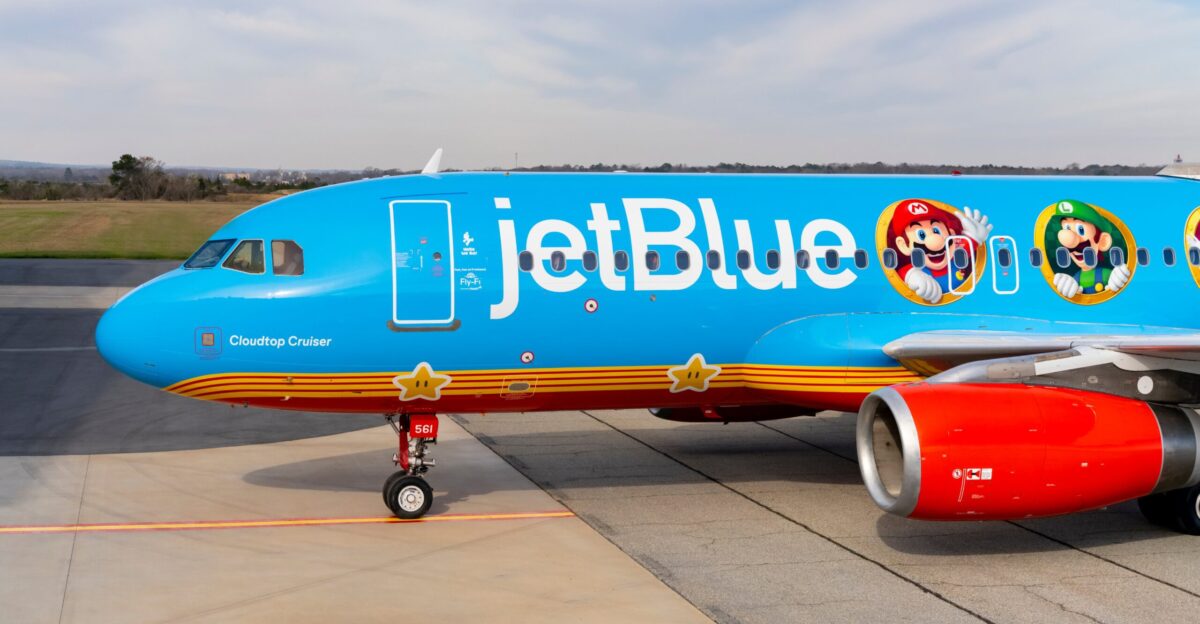
A few years ago, Miami International Airport was buzzing with new routes and expanding service from JetBlue. The airline had grown its footprint in South Florida since it began operations at MIA in 2021, aiming to capture more market share in this lucrative region.
JetBlue’s expansion brought more affordable flight options and increased competition, benefiting travelers with more choices. The airport was thriving as a vibrant hub for travel and commerce, reflecting the airline’s ambitions.
Challenges Leading to Retrenchment

However, rising costs, post-pandemic travel shifts, and operational challenges have forced JetBlue to rethink its strategy. The airline has faced financial pressures intensified by inflation, changing consumer habits, and a failed $3.8 billion merger with Spirit Airlines, which was blocked on antitrust grounds.
These factors have made some routes unprofitable, compelling JetBlue to cut back on flights and focus on more lucrative markets. The airline’s network adjustments are part of a broader effort to stabilize finances and optimize operations.
JetBlue Ends Flights to Miami
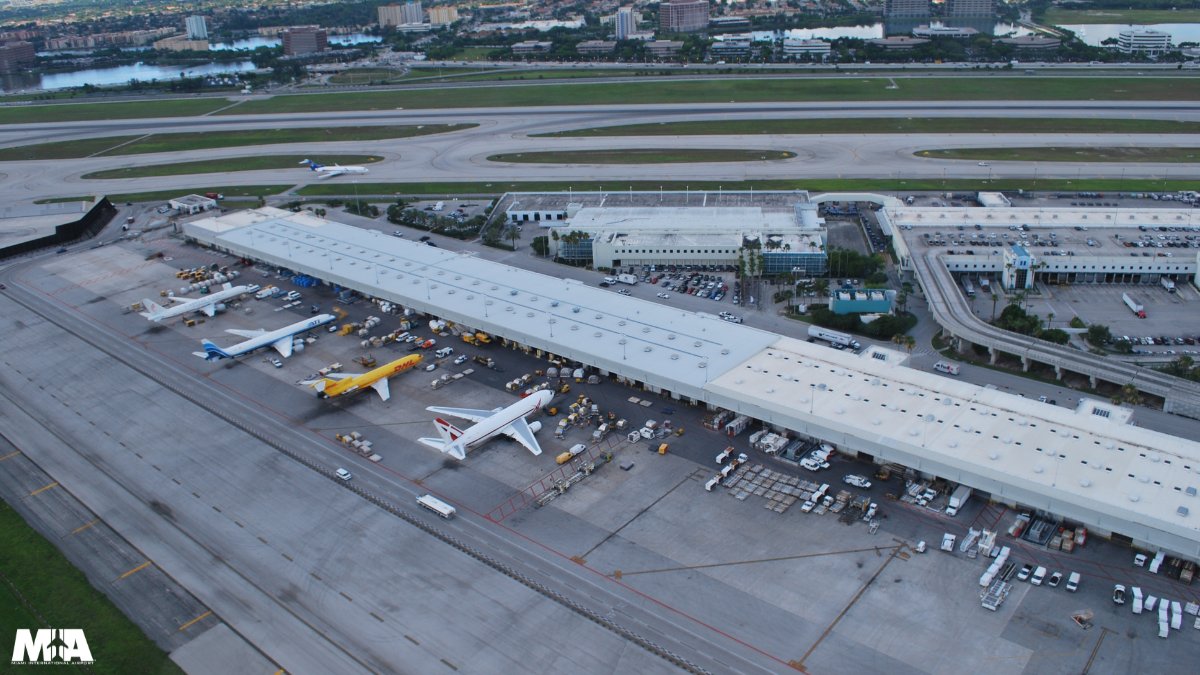
Starting September 3, 2025, JetBlue will suspend all flights to Miami International Airport, effectively ending its presence at this key southern hub. This decisive move means JetBlue will no longer operate any arrivals or departures at MIA.
Passengers who have booked flights to or from Miami on JetBlue will be offered full refunds or the option to rebook at nearby airports. This marks a significant strategic retreat for the airline in the South Florida market.
Regional Impact: Alternative Airports
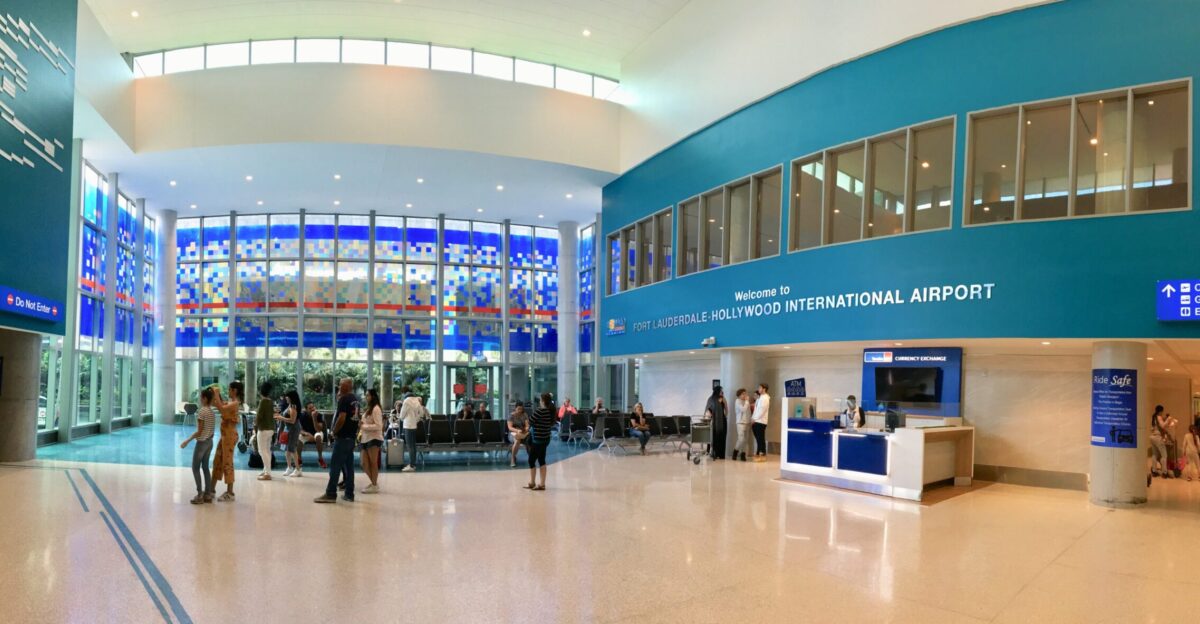
Travelers to Miami now must consider alternative airports such as Fort Lauderdale-Hollywood International Airport (FLL) or West Palm Beach (PBI), both of which JetBlue continues to serve. While these airports remain accessible, they may require additional ground travel time and planning.
Fort Lauderdale, in particular, has become JetBlue’s new focus in the region, where it holds a stronger market presence. This shift may inconvenience some passengers, but it will allow JetBlue to maintain a foothold in South Florida without the higher costs associated with Miami.
Financial Struggles Behind the Decision
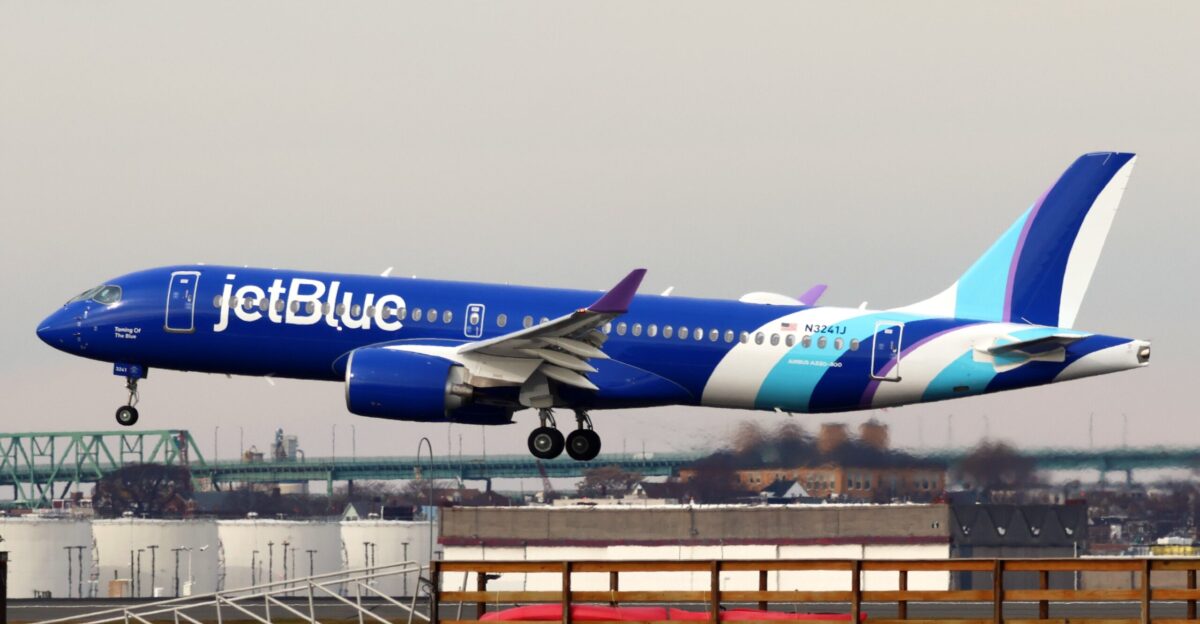
JetBlue’s financial woes have deepened since its failed Spirit merger, with reported losses of $44 million in Q4 2024 and $208 million in Q1 2025. These losses have forced the airline to make tough decisions, including cutting unprofitable routes like those to Miami.
The move is part of a broader cost-cutting and restructuring plan to return JetBlue to profitability. The airline is reallocating resources to markets with higher demand and better margins, reflecting the harsh realities of the current aviation industry.
Competitor Pressure and Market Dynamics

Meanwhile, competitors such as American Airlines and Delta continue to expand their presence in Miami, intensifying market competition. JetBlue’s reduced presence contrasts with its stronger foothold at Fort Lauderdale, where it ranks as the second-largest airline.
This competitive pressure likely contributed to JetBlue’s decision to exit Miami, as maintaining profitable operations there became increasingly challenging. The airline’s strategic focus is shifting to airports where it can compete more effectively and sustain growth.
Changing Consumer Habits Post-Pandemic

Post-COVID travel demand changes and inflation have shifted passenger preferences, making some routes less viable. Travelers are more price-sensitive and selective; airlines must prioritize profitability over expansion. JetBlue’s route cuts, including Miami, reflect this new reality.
The airline focuses on steady-demand routes and better financial returns, adjusting to evolving market conditions shaped by economic uncertainty and shifting travel patterns.
Looking Ahead: What This Means for U.S. Air Travel
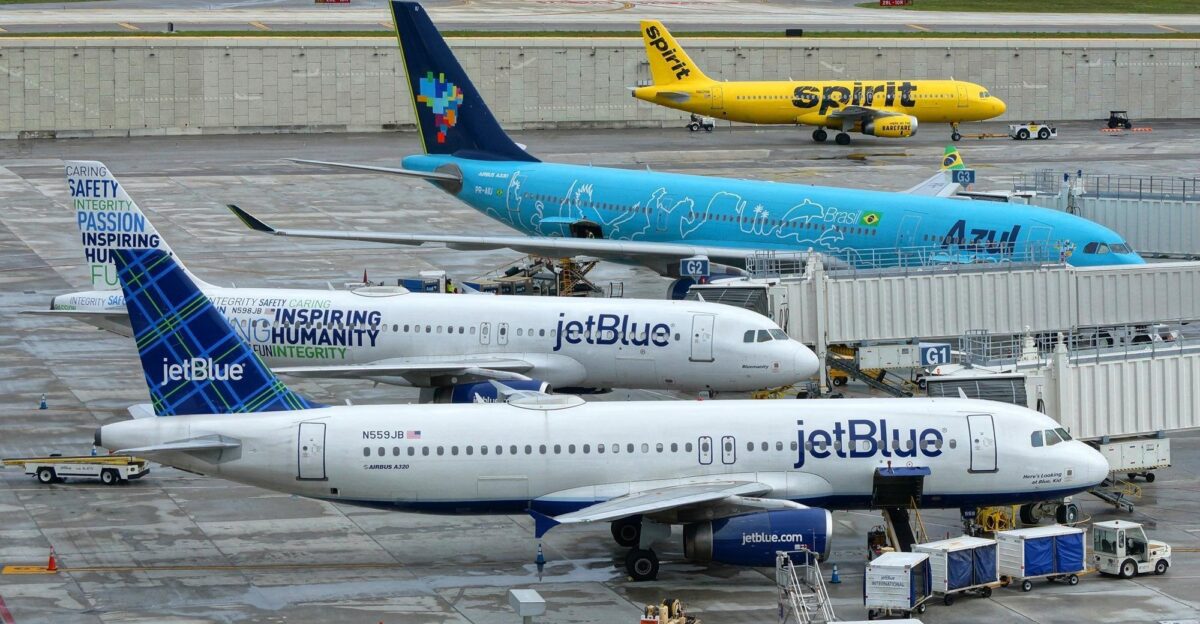
JetBlue’s strategic retreat from Miami could signal broader shifts in U.S. air travel hubs. As airlines reassess their networks to mitigate financial risks, some airports may see reduced service while others gain prominence.
Travelers and industry watchers will closely monitor how JetBlue reallocates resources and whether other carriers follow suit. The airline’s move highlights the ongoing challenges and adaptations within the aviation sector amid economic and competitive pressures.
